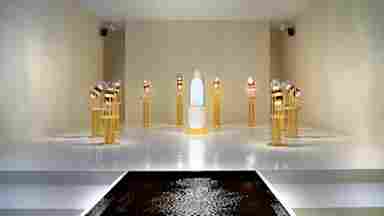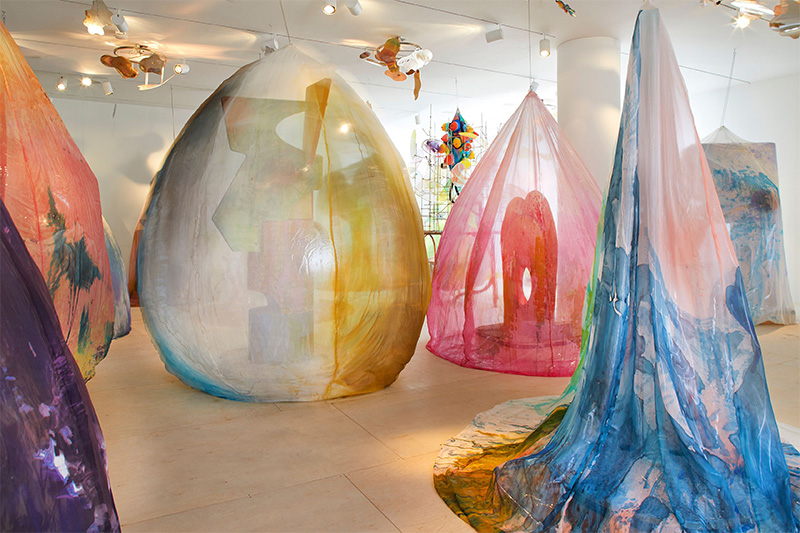How the Dallas Museum of Art’s New Exhibition Is Broadening the Idea of Visual Communication

Forbes
Barry Samaha
Share this article
Daniel Krawczyk, PhD
Deputy Director of Research Debbie and Jim Francis Chair and Professor, School of Behavioral and Brain Sciences
RELATED INFORMATION

Listen, Touch and Wander: DMA’s Speechless: Different by Design
Take a look at six works within speechless, an exhibit representing a crossroads of neuroscience and aesthetics. Curated by DMA’s Sarah Schleuning, who says the idea came from a personal experience as the mother of a child with a communication disorder.

Neuroscience and Empathy Come Together at the Art of Kindness Exhibition
Center for BrainHealth, part of The University of Texas at Dallas, hosted the third annual Art of Kindness art contest and exhibition in collaboration with the UT Dallas School of Arts, Technology, and Emerging Communication (ATEC) and the UTD Department of Computer Science. The 2021 competition was the strongest yet, with over 150 submissions.